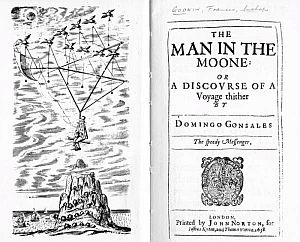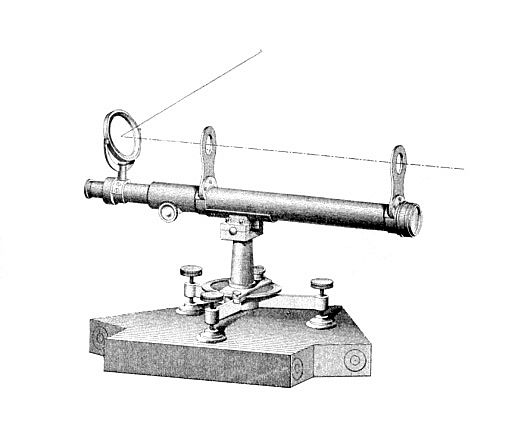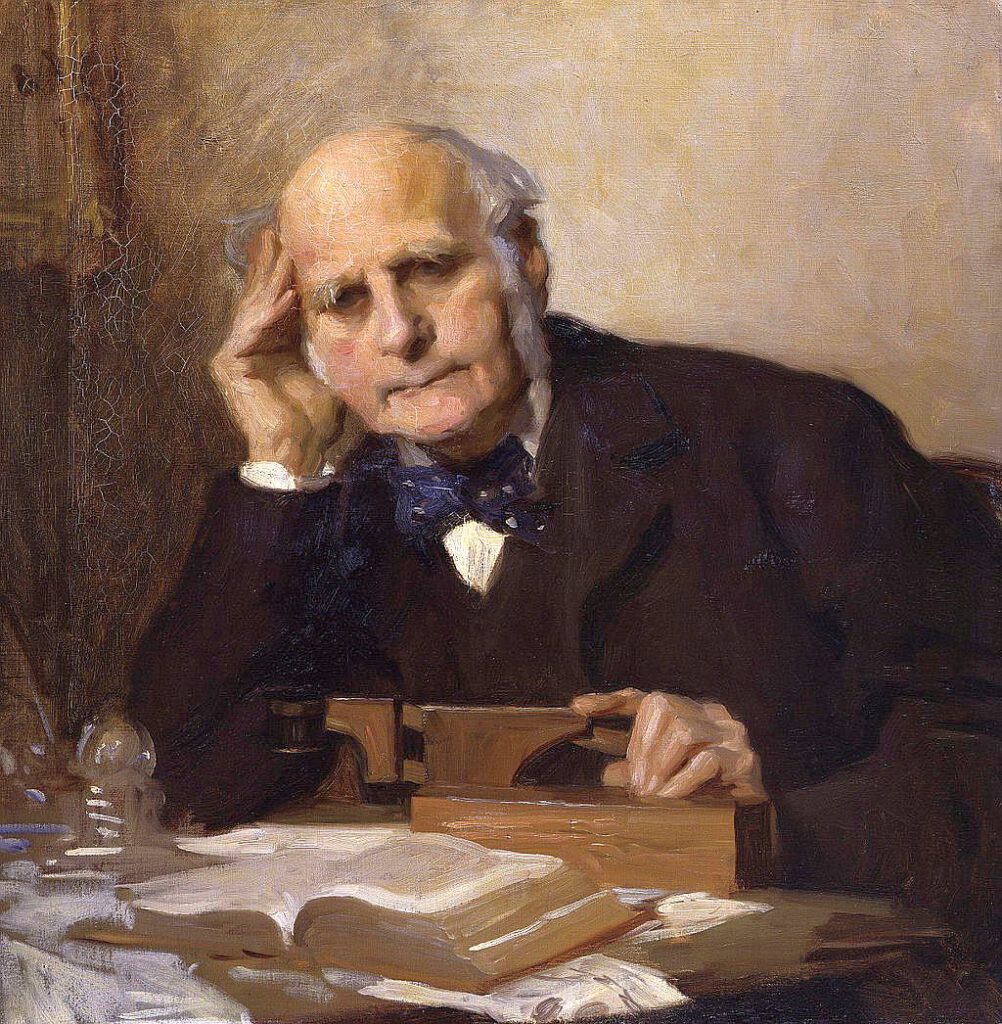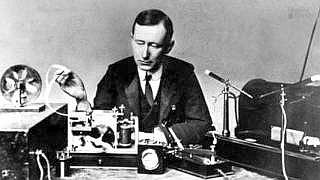In 1961, nine of the smartest individuals in the United States received a rather unusual letter in the mail. It consisted of a long string of binary digits and a short message: “Here is a hypothetical message received from outer space. It contains 551 zeros and ones. What does it mean?” Neither the sender nor his recipients knew it at the time, but this letter would later serve as the prototype for the first message for extraterrestrial intelligence ever broadcast into space. Its initial test run on Earth, however, was a total failure.
How to respond to a interstellar message?
The prototype interstellar message was created by the planetary astronomer Frank Drake1 in the wake of a conference he organized at the National Radio Astronomy Observatory in Green Bank, West Virginia, where he had concluded Project Ozma2, the first microwave search for extraterrestrial intelligence (SETI), only a few months earlier. The three-day conference was dedicated to assessing the viability of scientific SETI and was attended by a small cohort of leading physicists, chemists, biologists, and engineers who had demonstrated an interest in the possibility of extraterrestrial life. It was a landmark event that shaped the trajectory of SETI for decades to come. Yet in the months following the historic meeting, Drake realized that if SETI were successful and detected a signal from outer space, this would raise a serious issue that had been neglected at the conference: how to design a response.

551 binary digits
So he set about designing an experimental interstellar message that consisted of a string of 551 binary digits that could be arranged so that their bit-values formed pictures. The number 551 is semiprime3, a design feature Drake hoped wouldn’t escape the notice of an extraterrestrial—or his human test subjects.
The number served as a sort of instruction manual for how to arrange the string of bits so that it formed a 19×29 bit array, which would reveal several bit images. These images depicted things like numbers and a human figure, but many of the images required a great deal of imaginative interpretation. Drake wanted to know whether there was any chance an extraterrestrial would understand the significance of his message, so he sent it to each of the attendees at the Green Bank conference as a test. If anyone could decipher the code, one would presume it would be the nine scientists who had given the most thought to the challenges of interstellar communication.
Finally deciphered
Drake received a single reply to his message. It was from Barney Oliver, the director of Hewlett Packard Labs, who responded with his own semiprime binary string. When Drake translated Oliver’s reply into a bit array, he found that it contained a “simple and inspiring” message: a picture of a martini glass with an olive in it. Although Oliver had understood the format of Drake’s message, he had failed to interpret even the simple numbering scheme coded in the message. The inability of the Green Bank attendees to decipher Drake’s experimental interstellar message was not for want of intellect, however. Drake later sent the message to a few Nobel laureates, all of whom either failed to decipher it at all or arrived at incorrect interpretations. One physicist, for example, interpreted the binary string as a close approximation of the quantum numbers that describe the arrangement of electrons in an iron atom. It was only when Drake submitted the message to a magazine for amateur code breakers that an electrical engineer from Brooklyn wrote to him and demonstrated that he had correctly deciphered most of the message.
Given the difficulty that some of the brightest Earthlings encountered when trying to decipher the bitmap, it seems unlikely that an extraterrestrial intelligence would fare any better.
Latent conventions
Today, Drake’s failed experiment in interstellar messaging remains an instructive lesson for contemporary METI (messaging extraterrestrial intelligence) efforts insofar as it calls attention to the multitude of latent conventions that haunt human cognition and communication. If an interstellar message has any hope of being understood by an extraterrestrial recipient, these conventions must be identified and excised from the messages and replaced with elements that can be presumed to be universally understood by any intelligent mind.
First efforts
A handful of Renaissance works directly addressed the difficulties of communicating with extraterrestrial life. Perhaps the most notable example is The Man in the Moone, a novel written by the English bishop Frances Godwin. Posthumously published in 1638 under the pseudonym Domingo Gonsales, the book recounts the adventures of the author, who is
carried to the moon by geese and encounters an extraterrestrial race that speaks in a musical language. Gonsales notes that the “difficulty of that language is not to be conceived, and the reasons thereof are especially two: First because it hath no affinitie with any other ever I heard. Secondly, because it consisteth not so much of words and letters, as of tunes and uncouth sounds, that no letters can expresse. For you have few words, but there are consisting of tunes onely, so as if they list they will utter their minds by tunes without words”

The novel is remarkable for anticipating the difficulties involved with interstellar messaging more than three hundred years before the first message was sent into the cosmos.
Carl Friedrich Gauss’s idea
The first scientific program for messaging extraterrestrials is widely attributed to the mathematician Carl Friedrich Gauss, who reportedly suggested creating a massive visual proof of the Pythagorean theorem in the Siberian tundra. This visual proof was to consist of a right triangle bordered on each side by squares and would be created by planting rows of trees for the borders and filling the interior of the space with wheat. Despite the minimalism of the design, Gauss’s proposal was information rich. It would demonstrate that our species had mastered large-scale agriculture as well as basic mathematics, geometry, and logic.
However, the attribution of this interplanetary communication system to Gauss is contested. Many nineteenth-century sources that mention the idea differ significantly in its details and none of them cite where Gauss had actually written about this plan. Still, personal letters indicate that the mathematician was fascinated by the idea of communicating with aliens that were supposed to live on the moon. Indeed, Gauss’s desire to communicate with extraterrestrials was a motivating factor in his design of the heliotrope, a mirror that could be used to communicate over long distances using reflected light.

Mars and Venus get in the picture
By the end of the nineteenth century, enthusiasm about the prospect of establishing contact with extraterrestrials had
reached a fever pitch in Europe, and Paris had established itself as the intellectual capital for interplanetary communication. In 1874, the eccentric French poet and inventor Charles Cros petitioned the French government for funding to build a giant mirror that would use focused sunlight to burn messages into the Martian and Venusian deserts as a means of communicating with the extraterrestrials that he believed inhabited those planets.
Fodder for the humorists
Unsurprisingly, these exotic plans to contact extraterrestrials were ripe fodder for the humorists of the era such as the French playwright Tristan Bernard, who wrote a story about the first astronomers to receive a message from Mars. After receiving the message, the astronomers blanket the Sahara Desert with a reply that reads “I beg your pardon?” only to have the Martians reply, “Nothing.” Vexed at the Martians for their terse answer, the astronomers write another message in the Sahara which reads “What are you making signs for then?” to which the Martians reply, “We’re not talking to you, we’re talking to the Saturnians”.
Prix Guzman
In a testament to the strength of the belief in extraterrestrial life, the wealthy French socialite Anne Goguet established a prize for the first person to establish interplanetary communication in 1891. The contest was included in her will at the urging of her son Pierre Guzman, who was deeply interested in communication with extraterrestrials. According to Goguet’s will, the Prix Guzman would award 100,000 francs (equivalent to about $500,000 USD today) for the first demonstration of interplanetary communication. Notably, establishing contact with Martians wasn’t eligible for the prize, as Goguet considered the existence of extraterrestrials on the Red Planet to be “sufficiently well known.”
The prize was awarded to the crew of Apollo 11 in 1969.
Canals (= life) on Mars?
The first attempt at a complete program for interplanetary communication was designed in 1896 by the English polymath Francis Galton, who put forth a theory of extraterrestrial message construction based on Morse code.
Inspired by the Mars craze that had swept Europe in the late nineteenth century after the Italian astronomer Giovanni Schiaparelli announced he had discovered canals on the planet’s surface, Galton started toying with the idea of communicating with the Martians.

Galton’s fable
Unlike the challenges associated with communicating with the blind or deaf on Earth, Galton observed, interplanetary communication does not have the luxury of feedback, which meant that “signals have to be devised that are intrinsically
intelligible.” Galton described his plans for extraterrestrial communication in an entertaining story about the first humans to receive Martian signals, which would consist of “minute scintillations of light proceeding from a single, well-defined spot on the surface of Mars.” The Martian signaling pattern envisioned by Galton consisted of light flashes of three different durations that could be combined to form letters and words, much like Morse code. In Galton’s fable, the Martian message begins with a series of lines to indicate the start of the message, before moving on to the notion of identity and arithmetical operators. Next, the message describes the “five principle planets” by their average distance from the Sun, rotation period, and circumference. With this foundation words consisting of groupings of three or
more signals could be used for a “picture writing” to extend the system to more complicated concepts.
Marconi and Tesla
The idea of using mirrors to establish contact with Martians continued well into the early twentieth century, but Guglielmo Marconi’s pioneering work on radio communication promised a more effective way of communicating across the cosmos. In 1899, a strange concurrence of events laid the foundation for modern METI, even if it wasn’t recognized at the time. That year, Marconi managed to transmit a single letter via radio across the English Channel, while Nikola
Tesla, infamous for his own forays into experimental radio technologies, recorded in his notes that he had detected a radio signal from Mars at his laboratory in Colorado. “I have observed electrical actions, which have appeared inexplicable,” Tesla wrote in a letter to the New York Red Cross. “Faint and uncertain though they were, they have given me a deep conviction and foreknowledge, that ere long all human beings on this globe, as one, will turn their eyes to the firmament above, with feelings of love and reverence, thrilled by the glad news: ‘Brethren! We have a message from another world, unknown and remote. It reads: one … two … three …”

Tesla wrote in an op-ed for the New York Times in 1909: “The question is, when will humanity witness that great triumph. This is easily answered. The moment we obtain absolute evidences that an intelligent effort is being made in
some other world to this effect, interplanetary transmission of intelligence can be considered as an accomplished fact. A primitive understanding can be reached quickly without difficulty. A complete exchange of ideas is a greater problem, but susceptible to a solution”.
Mathematics as a way to communicate
The possibility of using radio to wirelessly contact inhabitants on other planets also captured the imagination of Marconi, who allegedly conducted several experiments to that end. In 1919, the New York Times reported that Marconi pioneered
interstellar communication in 1909 when he sent a radio signal into the universe in the hopes that it would facilitate contact with extraterrestrial intelligence in other solar systems.

When asked about the theoretical possibility of communicating with extraterrestrials, Marconi acknowledged that it was technically feasible, but that the language barrier would be an obstacle to communication. “You see, one might get through some such messages as 2 plus 2 equals 4, and go on repeating it until an answer came back signifying ‘Yes,’ which would be one word,” Marconi told one interviewer. “Mathematics must be the same throughout the physical universe. By sticking to mathematics over a number of years one might come to speech. It is certainly possible”.
To be continued in Extraterrestrial 7
1 Frank Drake (1930- ) is an American astronomer and astrophysicist. He is involved in the search for extraterrestrial intelligence, including the founding of SETI, mounting the first observational attempts at detecting extraterrestrial communications in 1960 in Project Ozma, developing the Drake equation, and as the creator of the Arecibo Message, a digital encoding of an astronomical and biological description of the Earth and its lifeforms for transmission into the cosmos.
2 Project Ozma was a SETI experiment started in 1960 by Cornell University astronomer Frank Drake, at the National Radio Astronomy Observatory, Green Bank at Green Bank, West Virginia. The object of the experiment was to search for signs of life in distant planetary systems through interstellar radio waves. The program was named after Princess Ozma, ruler of the fictional land of Oz.
3 In mathematics, a semiprime is a natural number that is the product of exactly two prime numbers.
